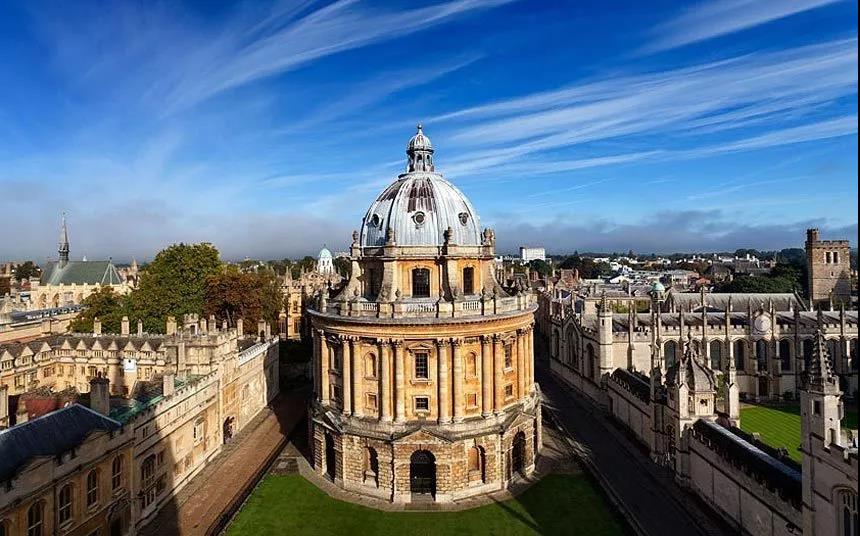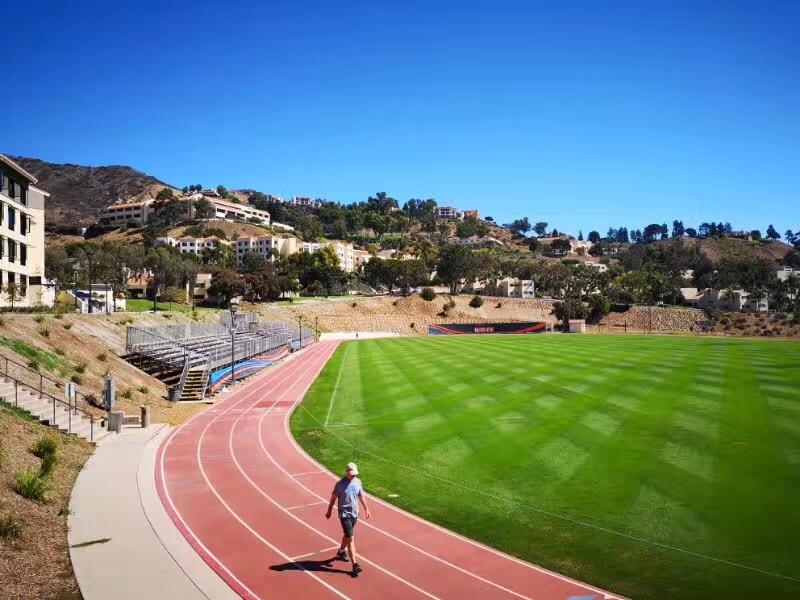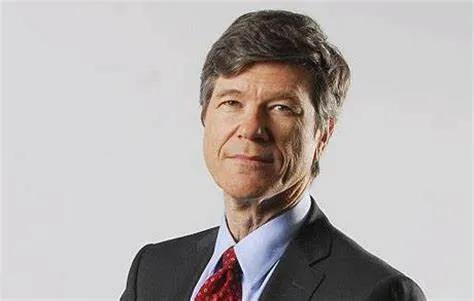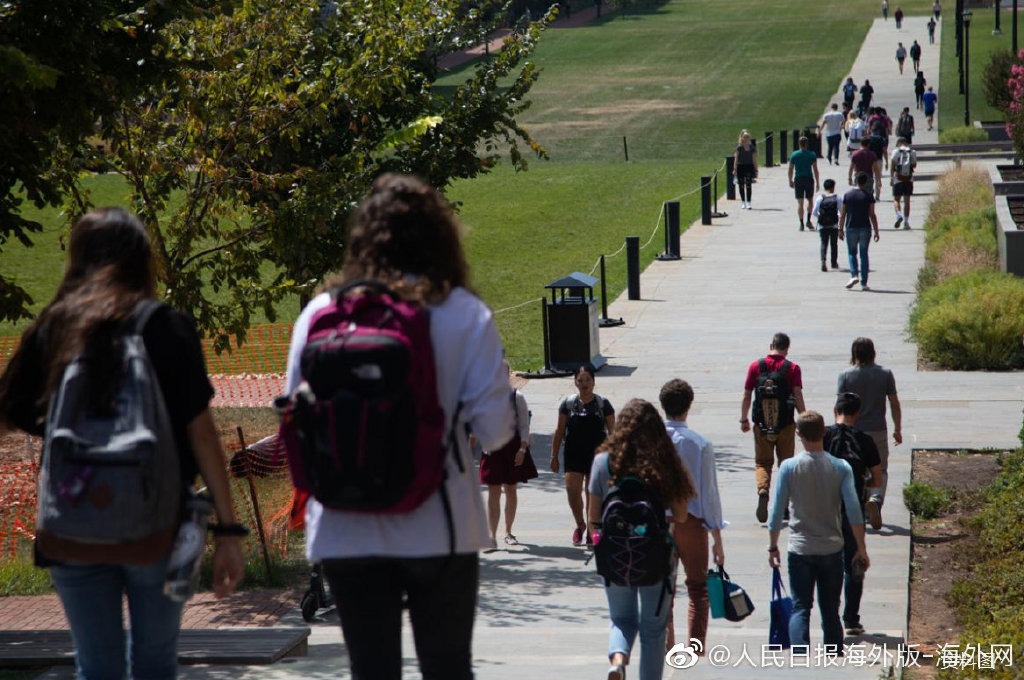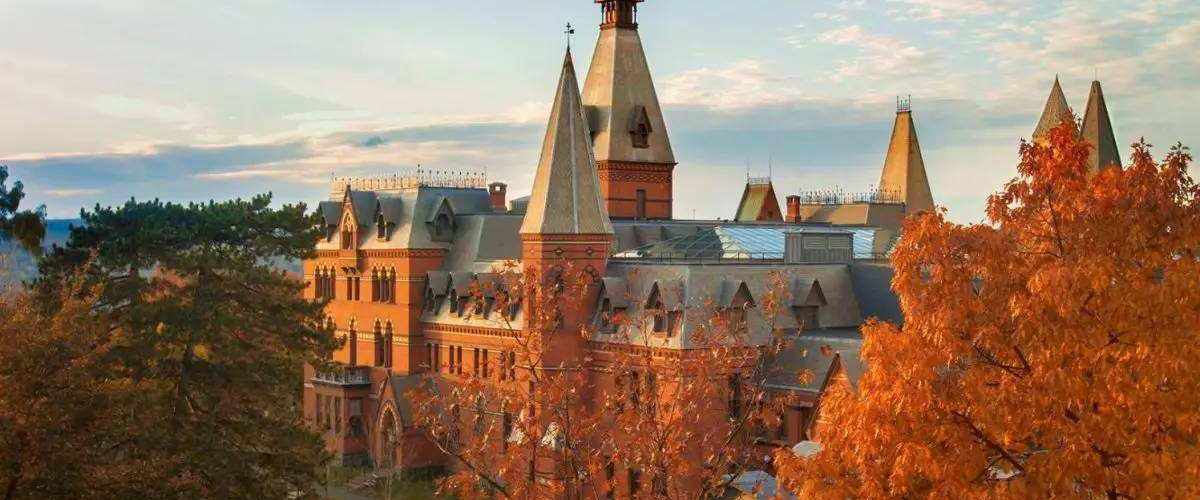George Eastman (July 12, 1854 – March 14, 1932) founded the Eastman Kodak Company and invented roll film, helping to bring photography to the mainstream. Roll film was also the basis for the invention of motion picture film in 1888 by the world"s first filmmaker Louis Le Prince, and a decade later by his followers Léon Bouly, Thomas Edison, the Lumière Brothers and Georges Méliès.
He was an American inventor and philanthropist, who played a leading role in transforming photography from an expensive hobby of a few devotees into a relatively inexpensive and immensely popular pastime.
Early life
He was born in Waterville, New York, and was self-educated. In 1884, Eastman patented the first film in roll form to prove practicable; in 1888 he perfected the Kodak camera, the first camera designed specifically for roll film. In 1892, he established the Eastman Kodak Company, at Rochester, New York, one of the first firms to mass-produce standardized photography equipment. This company also manufactured the flexible transparent film, devised by Eastman in 1889, which proved vital to the subsequent development of the motion picture industry.
Eastman was associated with the company in an administrative and an executive capacity until his death and contributed much to the development of its notable research facilities. He was also one of the outstanding philanthropists of his time, donating more than $75 million to various projects. Notable among his contributions were a gift to the Massachusetts Institute of Technology and endowments for the establishment of the Eastman School of Music in 1918 and a school of medicine and dentistry in 1921 at the University of Rochester.
Later years
In 1925, Eastman gave up his daily management of Kodak to become chairman of the board. He thereafter concentrated on philanthropic activities, to which he had already donated substantial sums. For example, he donated funds to establish the Eastman Dental Dispensary, in 1916. He was one of the major philanthropists of his time, ranking only slightly behind Andrew Carnegie, John D. Rockefeller, and a few others, but did not seek publicity for his activities. He concentrated on institution-building and causes that could help people"s health. He donated to the University of Rochester, establishing the Eastman School of Music and School of Dentistry; to Tuskegee Institute; and to the Massachusetts Institute of Technology (MIT), donations that provided the capital to build several of their first buildings at their second campus along the Charles River.
In his final two years, Eastman was in intense pain, caused by a degenerative disorder affecting his spine. He had trouble standing and his walking became a slow shuffle. Today it might be diagnosed as spinal stenosis, a narrowing of the spinal canal caused by calcification in the vertebrae. Eastman grew depressed, as he had seen his mother spend the last two years of her life in a wheelchair from the same condition. On March 14, 1932, Eastman committed suicide with a single gunshot to the heart, leaving a note which read, "My work is done. Why wait?" His funeral was held at St. Paul"s Episcopal Church in Rochester; he was buried on the grounds of the company he founded at Kodak Park in Rochester, New York.
Legacy
During his lifetime, he donated $100 million, mostly to the University of Rochester and the Massachusetts Institute of Technology (under the alias "Mr. Smith").[2] The Rochester Institute of Technology has a building dedicated to Mr. Eastman, in recognition of his support and substantial donations. He endowed the Eastman School of Music of the University of Rochester.
In recognition of his donation, MIT has a plaque of Eastman (the rubbing of the nose of which is traditionally considered by students to bring good luck). Eastman also made substantial gifts to the Tuskegee Institute and the Hampton Institute. Upon his death, his entire estate went to the University of Rochester, where his name can be found on the Eastman Quadrangle of the River Campus. The auditorium at Mississippi State Universities Dave C. Swalm School of Chemical Engineering is named for Eastman in recognition of his inspiration to Mr. Swalm. His former home at 900 East Avenue in Rochester, New York was opened as the George Eastman House International Museum of Photography and Film in 1949. In 1954, the 100th anniversary of his birth, Eastman was honored with a postage stamp from the United States Post Office.
Eastman had a very astute business sense. He focused his company on making film when competition heated up in the camera industry. By providing quality and affordable film to every camera manufacturer, Kodak managed to turn its competitors into de facto business partners.
In 1926, George Eastman was approached by Lord Riddell, the Chairman of Royal Free Hospital, to fund a dental clinic in London. He agreed to give £800,000 which was matched by £80,000 each from Lord Riddell and Sir Albert Levy, the Royal Free"s honorary treasurer.
The Eastman Dental Clinic was opened in November 20, 1931, by the American Ambassador in the presence of Neville Chamberlain. The building, which resembled the Rochester Dispensary, was totally integrated into the Royal Free Hospital and included three wards for oral, ear, nose, and throat and cleft lip and palate surgery and was dedicated to providing dental care for children from the poor districts of central London.
In a similar manner, Eastman went on to establish dental clinics in Rome, Paris, Brussels and Stockholm.
-----------------------------------------------
简介
1888年,首批投放市场的乔治·伊斯曼发明的柯达照相机,是一种简单的手提方盒式照相机,装有一卷可拍100张的纸底片。拍完后要送回厂内进行显影、印像和重装底片。1889年,伊斯曼生产了透明胶片;1892年,将原企业改组为伊斯曼一柯达公司。8 年后,生产了供儿童用的“白朗尼”照相机,每个售价1美元。
到1927年,伊斯曼一柯达公司实际上已垄断了美国摄影工业,并且是美国摄影工业中最大的公司之一。伊斯曼赠给罗切斯特大学(伊斯曼音乐学校是该大学的一部分)和麻省理工学院等单位达7500万美元以上。他还是采用分发红利的办法来刺激工人的首创者。
1932年3月14日,柯达相机发明者乔治·伊斯曼自杀而死
人物介绍
乔治•伊斯曼1854年生于美国纽约州,8岁的时候,父亲就去世了,他和母亲及两个姐姐相依为命,生活贫困,常常食不果腹,但他的母亲还是努力让他继续念书。这—切,都在幼小的伊斯曼心中打下了深深的烙印,伊斯曼从小便被灌输了独立的意识。在14岁那一年,为了贴补家用,伊斯曼只得辍学去帮人做工。
在伊斯曼20岁时,他被纽约罗契斯特的一家储蓄银行录用为一名办事员,年薪是800美金。至此,伊斯曼的家境才稍有好转。
有了固定的工作以后,对摄影有浓厚的兴趣的伊斯曼,便节衣缩食把省下来的钱用来研究相机干版摄影。
1881年1月,27岁的伊斯曼把自己节衣缩食省下的5500美元积蓄,在罗契斯特创立了照相机干版制造公司,主要生产干版胶片。在伊斯曼有这个想法的以前,摄影一直是在使用湿片,十分麻烦,但是湿片的制造却比干版的制造要简单得多。对摄影十分着迷的伊斯曼却没有退缩,他相信他一定会成功的。这个干版制造公司便是伊斯曼•柯达公司的前身。
伊斯曼一边制造干版,一边对照相机的构造及性能进行仔细研究,他一直想制造出一种操作简单的照相机。苍天不负苦心人,七年之后,伊斯曼终于研制成了一种小型口袋式照相机,命名为“柯达第一号”。
1889年,公司改名为伊斯曼公司,两年后,开始启用伊斯曼•柯达公司这个名称。
个人成就
创业之初,伊斯曼便确定了4条经营原则,即成本低廉、大批生产、大做广告、面向世界。
为了贯彻他的经营原则,广泛推广其产品,1889年,乔治•伊斯曼开始在英国伦敦开设伊斯曼照相器材公司。19世纪末,他大举进军世界市场,在德国、法国、意大利等欧洲国家设立了销售机构,并很快在欧洲建立了一个销售网。
1895年,柯达公司以口袋式相机售价5块美金,惊动了整个社会,更进一步奠定了伊斯曼•柯达飞速发展的基础。
20世纪初,柯达的产品已打入南美洲和亚洲。
1927年,伊斯曼先后在英国、德国、加拿大、法国、澳大利亚5国建立了工厂,后来又在巴西建立了子公司,专门生产感光纸,并在墨西哥建立了生产设施;同时,透过五大洲的销售公司或代理商,把商品卖给115个国家以上。此时,柯达公司的全体员工已超过10万人,而伊斯曼的代理商及推销机构,几乎遍及世界各地。
